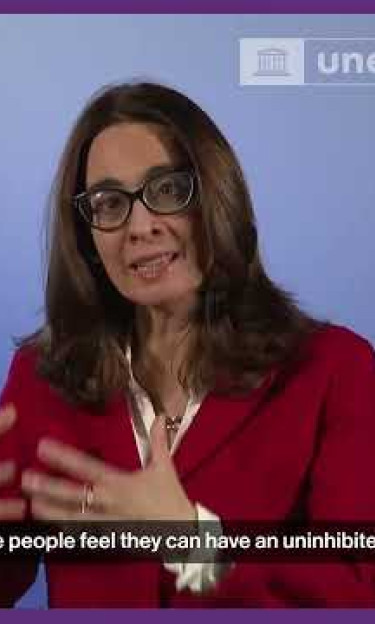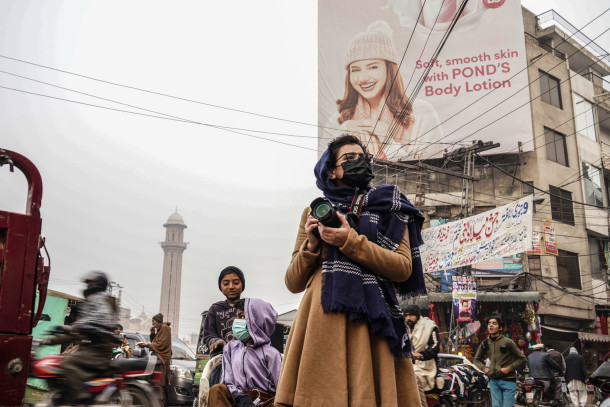Press freedom in times of crisis and transformation
Key trends:
- Press freedom continues its downward trend across the globe.
- New laws and policies restrict freedom of expression online.
- Progress in closing the gender gap in newsrooms, in bylines, and in the news itself has largely stagnated.
- A deluge of mis- and disinformation has contributed to years of declining trust in media worldwide.
The global pandemic highlighted the urgent need for trustworthy news and information. Yet COVID-19 measures were used to justify significant violations of press freedom—in 96 out of 144 countries, according to one study by the Varieties of Democracy Institute.
Additionally, according to UNESCO data, at least 160 countries still have criminal defamation laws on the books.
At least 57 laws and regulations across 44 countries have been adopted or amended since 2016 that contain overly vague language or disproportionate punishments that threaten online freedom of expression and press freedom.

The last five years have witnessed a rise in other actions that threaten freedom of expression and internet universality.
News services have been blocked online, journalists illegally spied upon, and media sites hacked.
Internet shutdowns reached a peak of 213 unique incidents in 2019, according to data collected by Access Now. Some governments are also investing in capacity to filter and throttle the internet. In the last five years, government requests for content removal on major internet platforms have doubled.
At the same time, private internet companies are facing increased scrutiny into how they moderate content and how they use personal data to impact what users see.
As part of growing multistakeholder efforts to enhances transparency and increase accountability, UNESCO has proposed 26 high-level principles that can serve as a guide to companies, policy-makers, and regulators.

experienced a decline in press freedom in their country in the past 5 years

in 44 countries have been adopted or amended to threaten freedom of expression online

guarantee public access to information through constitutional, statutory, or policy measures

to close the gender gap in traditional news media
Progress in closing the gender gap in newsrooms, in bylines, and in the news itself has largely stagnated.
Women continue to be underrepresented at leadership levels in news organizations and on "hard news" beats like politics. Studies further suggest ongoing biases in women's representation in the news and the marginalization of women as expert sources.

The pluralism of the media is also increasingly threatened by the deterioration of journalism’s traditional business models. (See “Journalism as a public good”)
This financial threat has made newsrooms more vulnerable to pressures from both external actors and outlet owners and executives.
Media capture—when news media are ostensibly free but lack real independence—continues to be a growing threat. A recent study by the Center for Media, Data, and Society of 546 state-administered media entities in 151 countries found that nearly 80 percent of them lack editorial independence.
Meanwhile, mis- and disinformation has added to years of declining trust in media worldwide and become a major threat to information as a public good.
Internet companies have enabled, and even accelerated, this growing threat. In fact, falsehoods on Twitter “diffused significantly farther, faster, deeper, and more broadly than the truth”, according to one study conducted by Massachusetts Institute of Technology researchers.
More action is needed to counter disinformation, but with caution. All responses must respect international frameworks and norms for freedom of expression and promote an environment for a free press to operate without restrictions.

Learn more
Read the full report for more details and key figures on the challenges facing press freedom worldwide.


